This week we chat with our current social media cover artist, Miguel Sopena. Miguel is an artist and photographer originally from Valencia, Spain, who works out of Turf’s artist studios. He trained as a figurative painter but now creates both figurative and abstract work predominantly in oil paint. For me, all his work has a rich, vibrant and thoughtful quality which makes me want to look closer, deeper – the textures he paints draw you further in. I find out more about his process, inspirations and how he balances the two facets of his work.
Croydonist: First of all, Croydon native or convert, and what area do you call home?
Miguel: Convert. I moved to Croydon from Sussex in 2013 to start my figurative painting diploma. Croydon was a good base to get to the school, but I had never been to the area before. Eight years later, here I am! I live in Central Croydon, very close to Surrey Street market. Luckily, I am also very close to my studio at Turf Projects, in the Whitgift Centre.
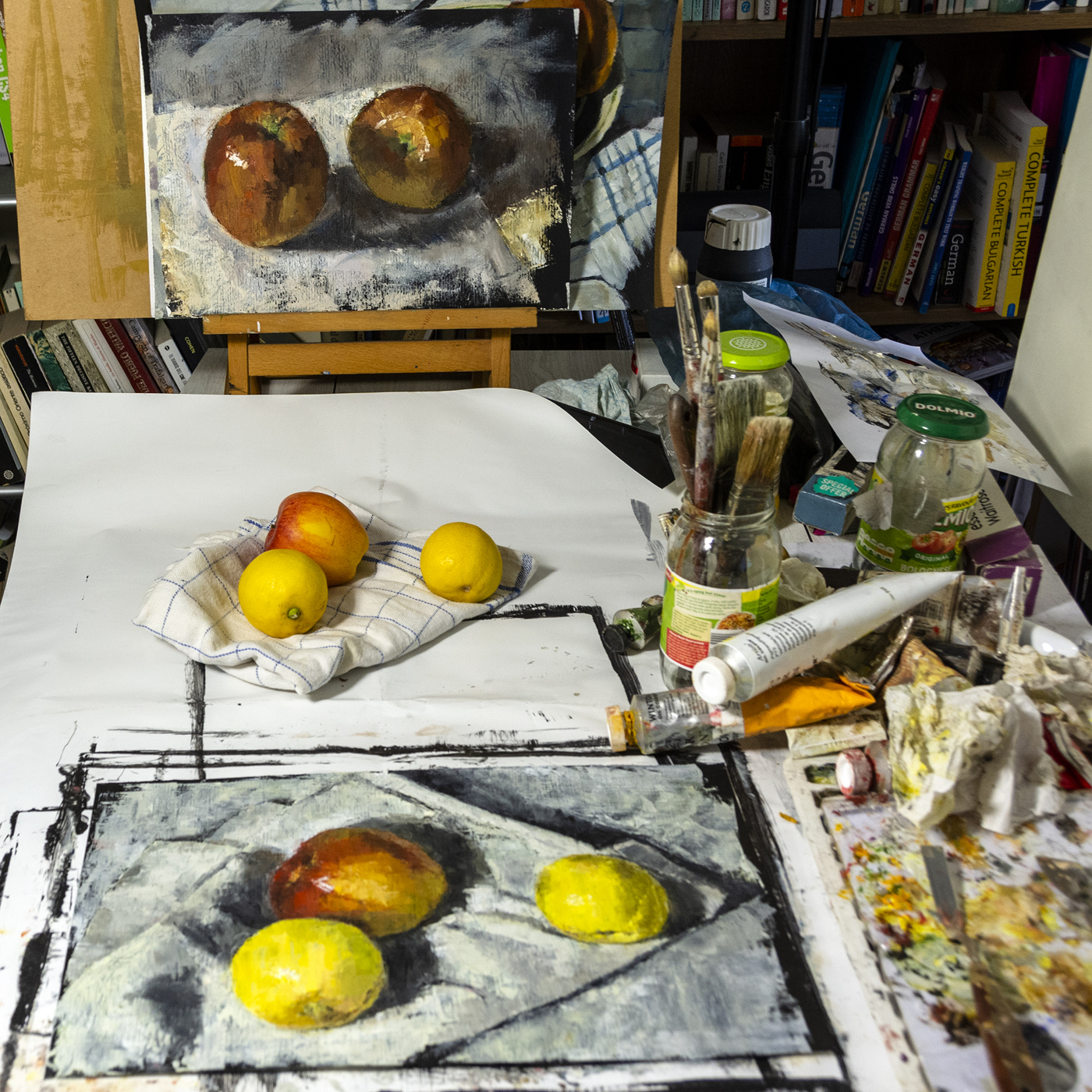
Miguel’s home studio
Croydonist: You have a PhD in theoretical physics – how did you make the leap from science to art?
Miguel: It happened as I was approaching the end of my doctorate. I knew by then that, much as I had learnt from the experience, I didn’t want to pursue a career in research. By coincidence (or perhaps not?), I started drawing and painting and soon I was totally hooked. I felt that something that needed expression was finally coming to the surface. I ended up enrolling in the part-time Art and Design Foundation BTEC for adults at Brighton City College (now Greater Brighton Metropolitan College), which was fantastic and encouraged me to keep going.
Croydonist: You describe yourself as both an abstract and figurative artist. How do you split your practice between the two?
Miguel: After my Foundation, I chose to pursue a traditional atelier-style, skills-based course in oil painting and the human figure (as opposed to doing a Fine Art BA, for example). However, I like many different types of art and so after my training I started experimenting with an abstract language as well (while still working figuratively!). The problem with trying to do too many things at the same time is that your mind can end up being all over the place. I am now trying to be more disciplined and work consistently in one direction so I can make more progress. I am prioritising abstract work now but I do miss figuration and I’d love to go back to it someday.
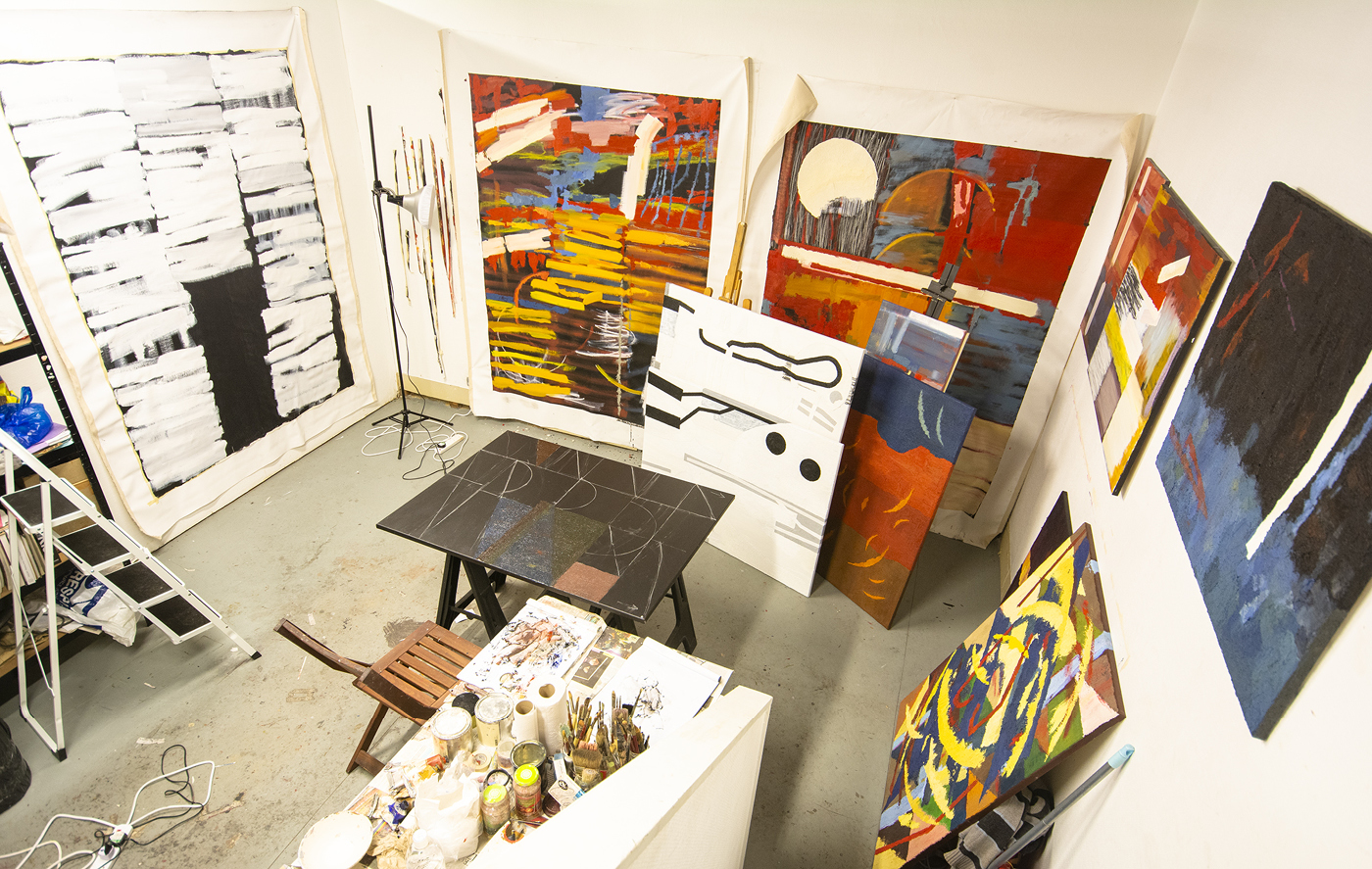
Miguel’s studio at Turf
Croydonist: You’ve been a Turf studio member since 2017 – how does the Turf community help with your artistic development?
Miguel: Turf is a great place to be. The staff are really friendly and supportive and hugely knowledgeable about the workings of the ‘art world’. There are about fifteen studio holders at Turf (I think), many of them incredibly committed and talented artists, so being based at Turf is definitely a huge source of inspiration. Funnily enough, I’d say COVID has done a lot to bring us closer together as a community.
Croydonist: How do you choose a subject to depict?
Miguel: It depends on what I’m working on specifically. When it comes to figuration, I am quite keen on the human figure, as that was my training and it’s a fascinating subject. When working in an abstract way, usually an initial idea develops into some sort of series with a language that has a life of its own, so you’re trying to push that language forward and see where it might lead to. Some abstract series I’ve worked on were based on memory or feeling, others started off very playfully or with an idea about technique or form.
Croydonist: What’s been your most challenging commission?
Miguel: Portrait commissions are always very stressful because the recipient expects to see both a good likeness and a beautiful piece, whatever that means, so there’s a lot of pressure on the artist. I’ve sworn to myself more than once that I would never attempt to paint a portrait for someone else again.
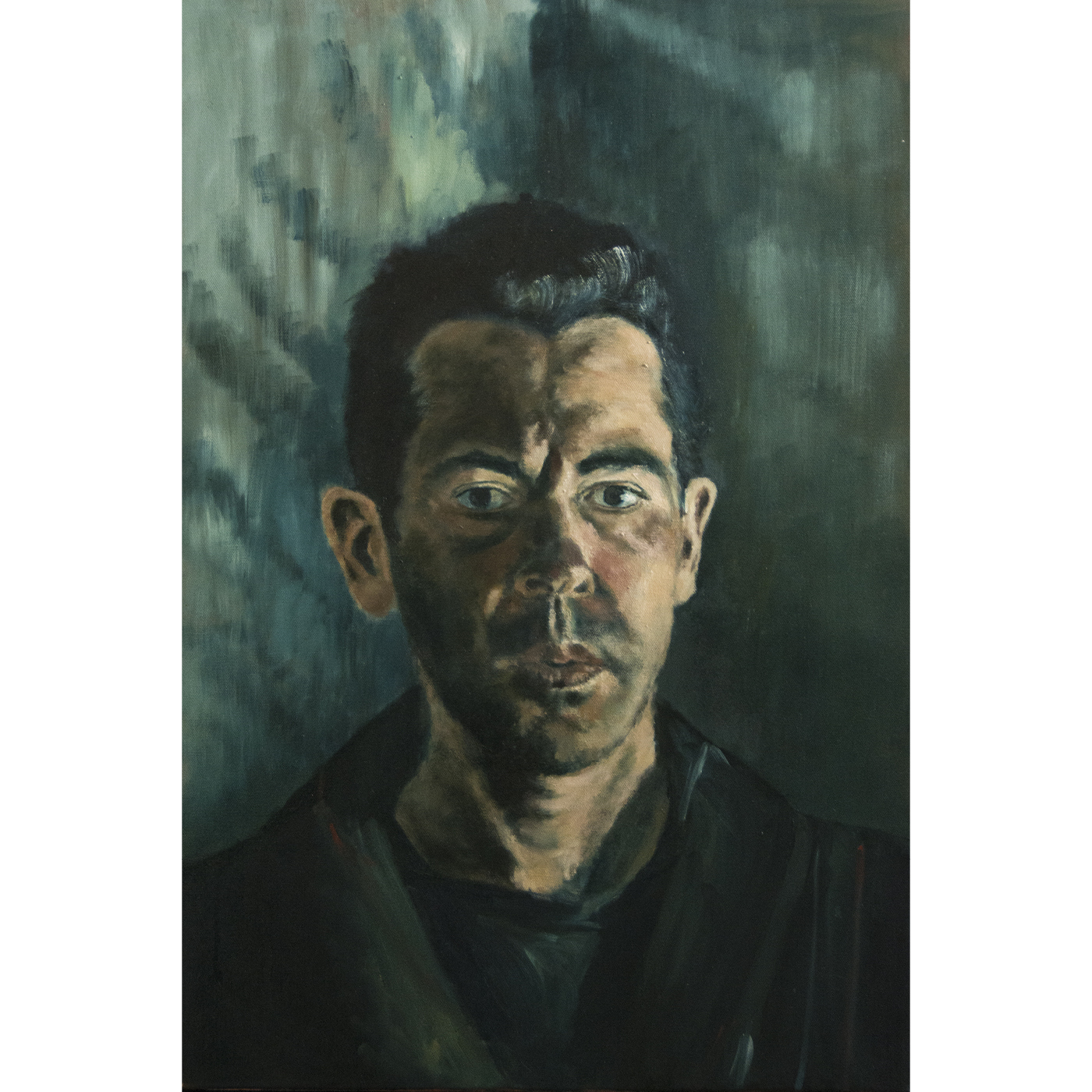
Croydonist: How long does a piece typically take you?
Miguel: It depends very much on the piece. Usually, the bigger the piece, the longer it takes to complete, but it varies a lot. I’m still really pleased with improvisations that I created really quickly, and sometimes I get stuck working for a long time on a piece with underwhelming results. It can be maddening really but it’s the nature of the job.
Croydonist: What’s your process? Do you sketch work first, or do you go straight to paint?
Miguel: Again it depends on the piece and the language that I’m working with. Sometimes the point is actually to improvise with no preparation, and that can add a lot of dynamism to the work. It’s also very nice to explore the plasticity of the paint as an object in itself. However, very often it pays to explore an idea through sketching etc before rushing to splat paint on the canvas. This is something I’ve learnt from bitter experience and, actually, one of my priorities at the moment is to do enough preparation before trying to develop an abstract idea, for example.
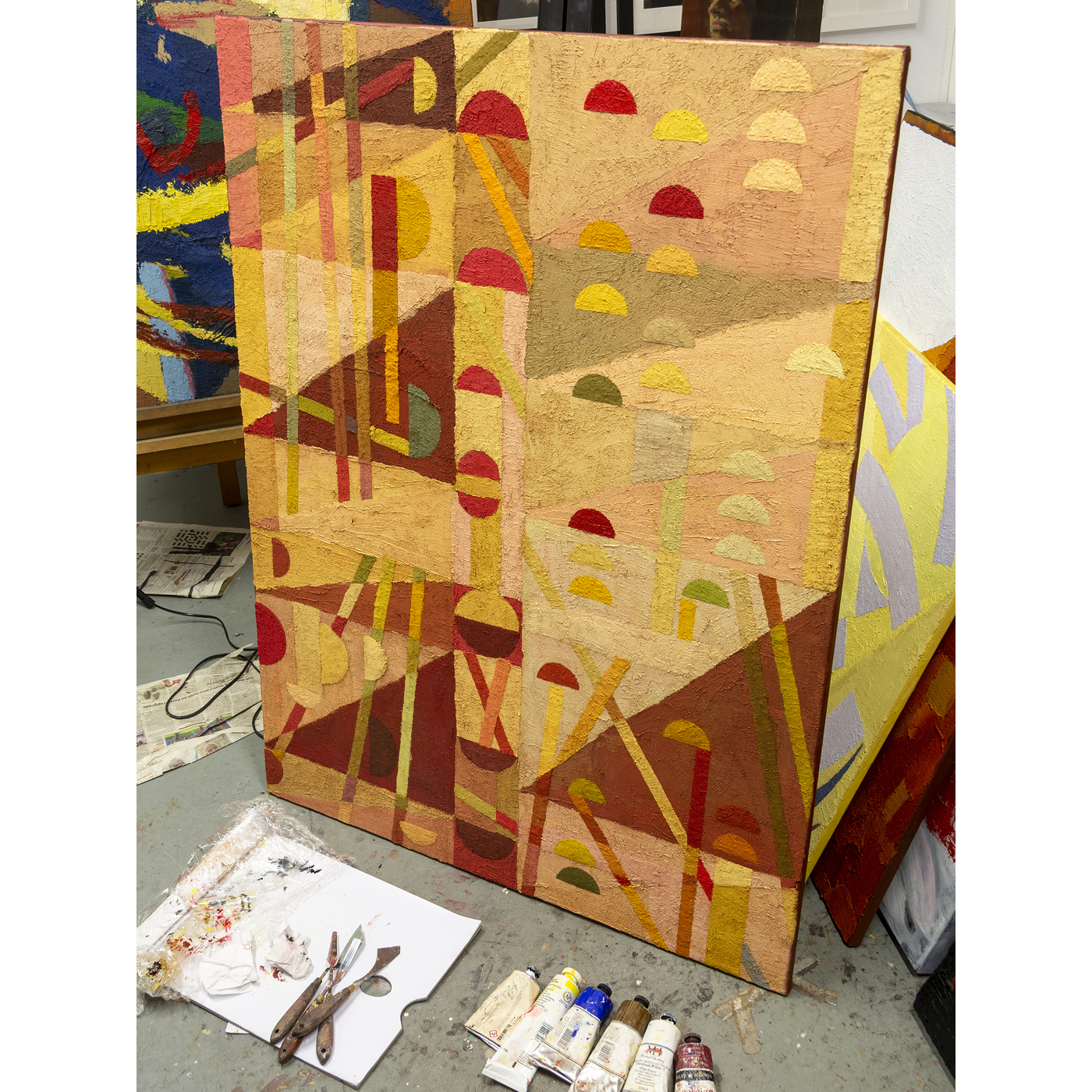
Croydonist: Our classic interview question – if you had to invite 3 artists to a drinks party (dead or alive) who would they be?
Miguel: Very hard question!! I’m big on the classics so off the top of my head I’d say, Wassily Kandinsky, Paul Klee and Robert Rauschenberg. In different ways, they all massively expanded our understanding of art. That’s a conversation I’d really want to listen in on.
Croydonist: Where do you go in Croydon for inspiration?
Miguel: I’m partial to parks and nature, so I often head to Park Hill Park, Lloyd Park or Addington Hills.
Croydonist: What’s next for you this year?
Miguel: I guess we are all coming out of the depths of the COVID crisis which is exciting but also a little bit daunting… Galleries and art organisations have reopened and the ‘art world’ seems to be coming out of hibernation, so to speak. I am contacting art spaces with a view to having a solo show of my abstract work. That in itself is a big project and if it comes to fruition I’ll be very happy. Of course working hard in the studio is still very important, and it’s great to be able to visit exhibitions again. Things still feel very strange, but hopefully they’ll improve in the coming months and next year. We’ll have to wait and see.
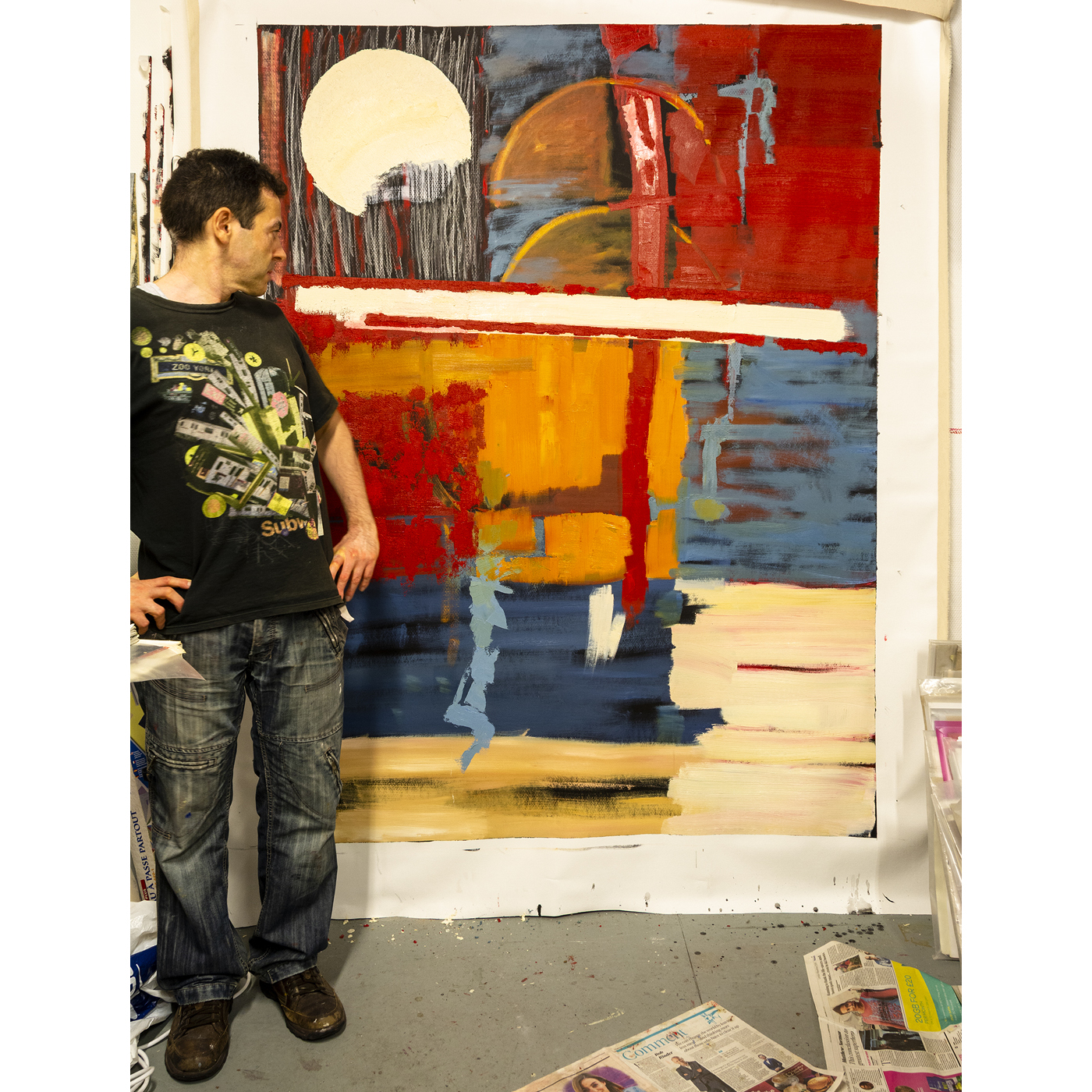
Thanks to Miguel for chatting with us – we hope we get to see a show of your work in real life soon.
You can find out more about Miguel and his work on his website, and follow him on Instagram, Twitter, Facebook and LinkedIn.
Images courtesy of the artist. Header is a detail of the abstract work shown directly above with the artist.
Posted by Julia
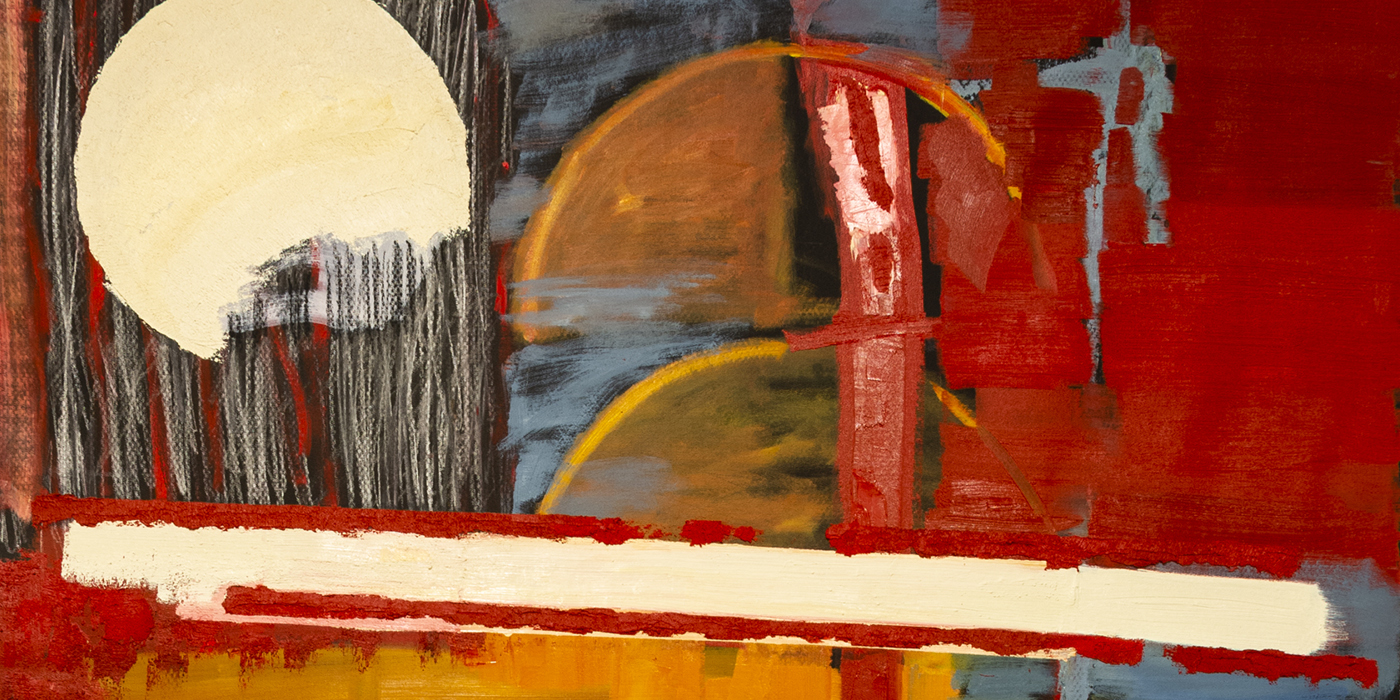
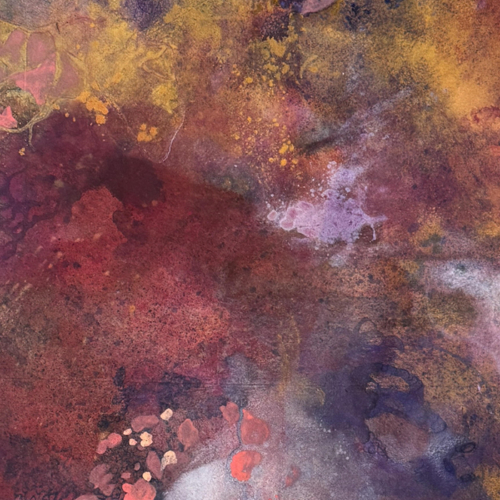
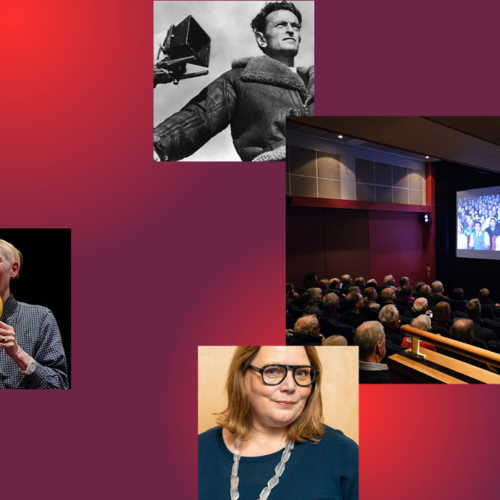
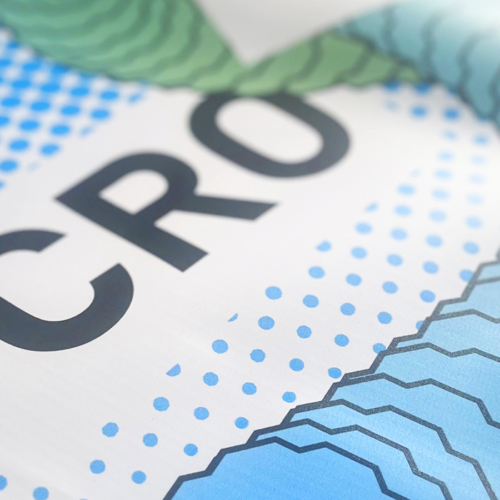
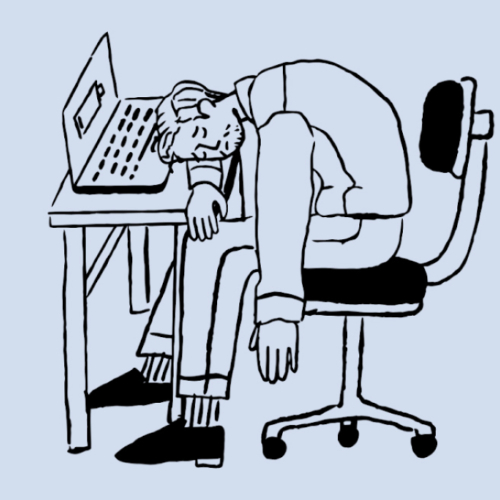
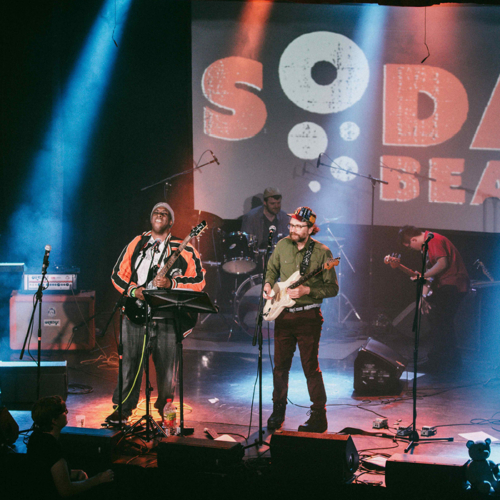
No Comments